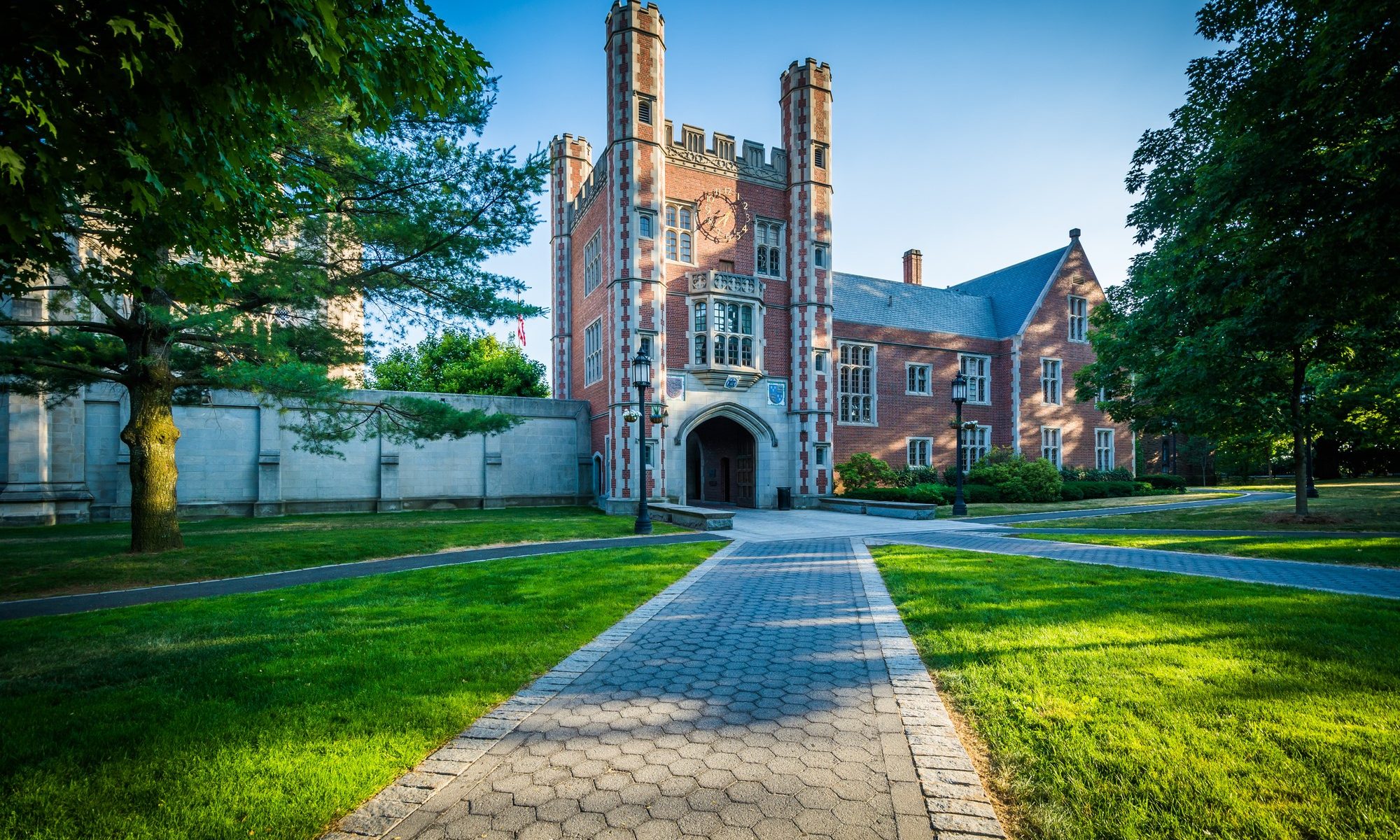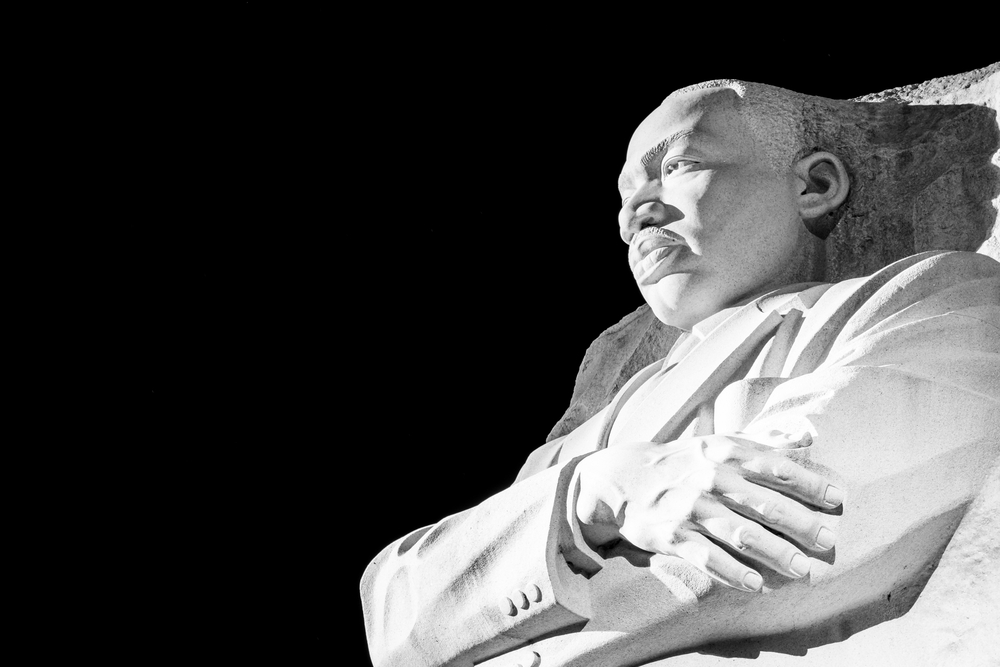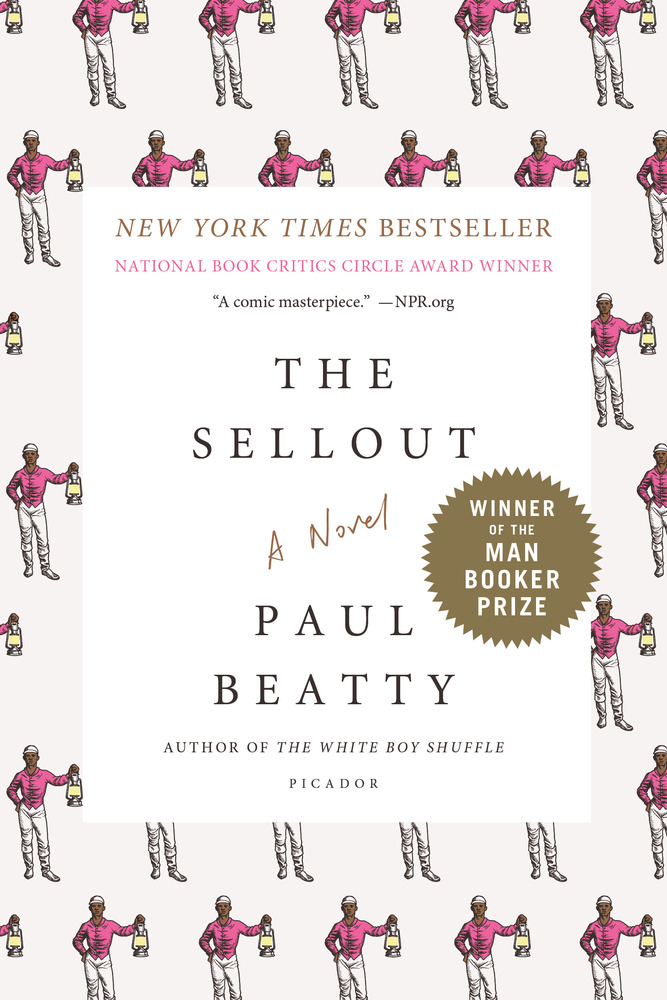The Supreme Court will soon decide the fate of affirmative action. On October 31, 2022, the Court heard oral arguments for cases that Students for Fair Admissions (SFFA) has brought against Harvard and the University of North Carolina arguing that their race-conscious admissions policies are unconstitutional. The Court’s decision is expected to be announced by the end of June, and many expect that the ruling will forbid race-conscious admissions altogether, limiting colleges and universities to recruiting diverse student bodies through race-neutral means.
While it was always clear that this day would come eventually, on the eve of the Court’s decision a central question looms large: Are we ready for the end of affirmative action?
When the Supreme Court ruled on Grutter v. Bollinger (2003), its most recent affirmative action case, the Court made it clear that the practice of race-conscious admissions should not continue indefinitely. While upholding a race-conscious admissions program at the University of Michigan’s Law School, Sandra Day O’Connor wrote for the majority that “race-conscious admissions policies must be limited in time,” speculating that “25 years from now, the use of racial preferences will no longer be necessary.” Jeffrey Lehman, the Dean of Michigan’s Law School, agreed, saying that “The question is no longer whether affirmative action is legal; it is how to hasten the day when affirmative action is no longer needed.”
Justice O’Connor’s thought that affirmative action should have a limited lifespan is far from novel, as many defenders of affirmative action have supported its eventual dissolution. Supreme Court Justice Harry Blackmun, in his Regents of the University of California v. Bakke (1978) opinion allowing for certain forms of race-conscious admissions, anticipated a day that affirmative action programs would be a “relic of the past,” hoping that day might come “within a decade at the most.”
And the idea that affirmative action should come with an expiration date is still the clear opinion of the Court. In October’s oral arguments, Justice Elena Kagan said that “everybody would rather achieve all our racial diversity goals through race-neutral means,” adding that all the Court’s affirmative action cases “indicate that race-neutral means are better.” Even though affirmative action is currently legal, the consensus is that such policies are merely temporary.
This, of course, raises the important question why a ruling about what is just and fair would only be temporary. If everyone agrees that race-neutral policies are what is ultimately fair, then why allow preferential treatment for some in the short term?
One way to think about this question is through the lens of what the political theorist John Rawls calls “transitional justice.” Rawls observed that, even after we identify what an ideal society would look like, there is still the remaining issue of how we should transition from our current society to one that is completely just. For this reason, questions of transitional justice ask what steps we can take to create a society that more closely mirrors the ideal.
Just like it can be difficult to decide what is ideally just, it can also be very challenging to identify what sorts of policies help us most effectively transition to that ideal. Suppose, for example, that there is a society where hate crimes against religious minorities are particularly widespread and rarely prosecuted. In order to create a more just society, it is obvious that the court system needs to punish such wrongdoing. However, if a new leader comes to power and cracks down on these crimes, the political backlash may well make the society even more unjust than it was before. How should the society respond? By prosecuting only some of the most egregious crimes? By punishing all offenders, but only with a lenient sentence?
Along with showing the difficulty of crafting transitional justice policies, this example also reveals that the demands of ideal justice and transitional justice can easily come into conflict. In the ideal case, justice might ultimately demand that all religious hate crimes be met with a harsh sentence, but perhaps the best transitional policy for a given society is to only punish the worst of those crimes. And if a society adopts this latter policy in hopes of one day reaching the ideal, the question will always remain of when the society should move from this transitional policy to one that more closely embodies the ideal.
With the contrast between transitional and ideal justice in hand, we can make sense of the fact that, while the Supreme Court has historically endorsed affirmative action, such policies have always been thought to come with an expiration date. The practice of race-conscious admissions was never meant to be the ideal, but rather a way to move from a world of overt racial discrimination and exclusion to one where all students can be considered on their individual merits.
Adopting race-conscious admissions policies, though, does raise the difficult issue of when to end them. We have not yet reached O’Connor’s 2028 cutoff, but we are far past Blackmun’s 1988 deadline. Is eliminating affirmative action the next step in making the United States more just?
Some defenders of affirmative action think that race-neutral policies cannot yet ensure diverse student bodies. In October’s oral arguments, Justice Sonia Sotomayor observed that, of the nine states that have eliminated affirmative action altogether, “the numbers for underrepresented groups have fallen dramatically.” After the passage of Proposition 209 in 1996, outlawing affirmative action in California’s public institutions, the percentage of Black students at Berkeley fell from 6.4% to 3.6%, and the percentage of Hispanic students was reduced from 16.3% to 9.4%. Other defenders of affirmative action have argued that race-conscious admissions should not be just about creating diverse student bodies, but righting historical injustices.
On the other side of the debate, those who think that affirmative action has run its course hold that the supposed benefits of race-conscious admissions no longer justify departing from the ideal. Affirmative action policies can increase racial tension, raising the odds of a backlash against racial minorities instead of reversing racial discrimination. There is also evidence to suggest that affirmative action can actually hurt the students that it is intended to help, as students who enter college with less competitive academic credentials have markedly higher rates of attrition than if they attend institutions where their qualifications are more comparable to their peers.
According to these affirmative action critics, we have reached a point where race-conscious admissions policies make our society less rather than more just. In their minds, the next step in our journey towards creating a just society is to no longer employ racial preferences in college admissions. In the words of Chief Justice John Roberts, “The way to stop discrimination on the basis of race is to stop discriminating on the basis of race.”






